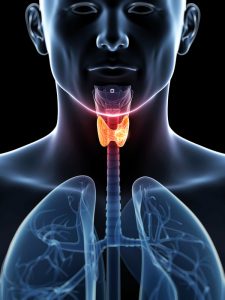
When you think of orthodontics, the first thing that probably comes to mind is straightening teeth. Many individuals assume that orthodontics only treat issues that involve the misalignment or the malocclusion of teeth. However, new studies have shown that orthodontics can also assist in treating airway issues. How is this possible?
Learn more about airway orthodontics from Dr. Dugoni.
Mouth Breathing and Orthodontics
There is a relationship between craniofacial development and airway development. Craniofacial malfunction, such as a narrow plate or cleft palate, can result in airway obstructions and breathing difficulties. This makes it harder for a person to breathe through the nose, resulting in chronic and sometimes dangerous mouth breathing. Mouth breathing can lead to potentially serious health issues, such as sleep apnea.
Perpetual mouth breathing can also lead to dental deformity, especially in growing children, and can result in molar eruption and lower jaw rotation, amongst other irregularities. It can also dry the oral cavity, resulting in tooth decay, bad breath, and even gum disease. Luckily, this can be fixed by orthodontics. When identified early, orthodontics can limit mouth breathing by gently expanding the jaw, which widens the mouth and clears the sinuses. This will result in easier breathing through the nose.
There is even a new branch of orthodontics called airway orthodontics that specifically treats airway issues. These orthodontists look beyond the teeth to the nose, throat, and muscles of the tongue, face, and neck to optimize airway passages.
Dental health is important to overall health, and this reminds us how integral it is for us to visit our dentists and orthodontists regularly.

